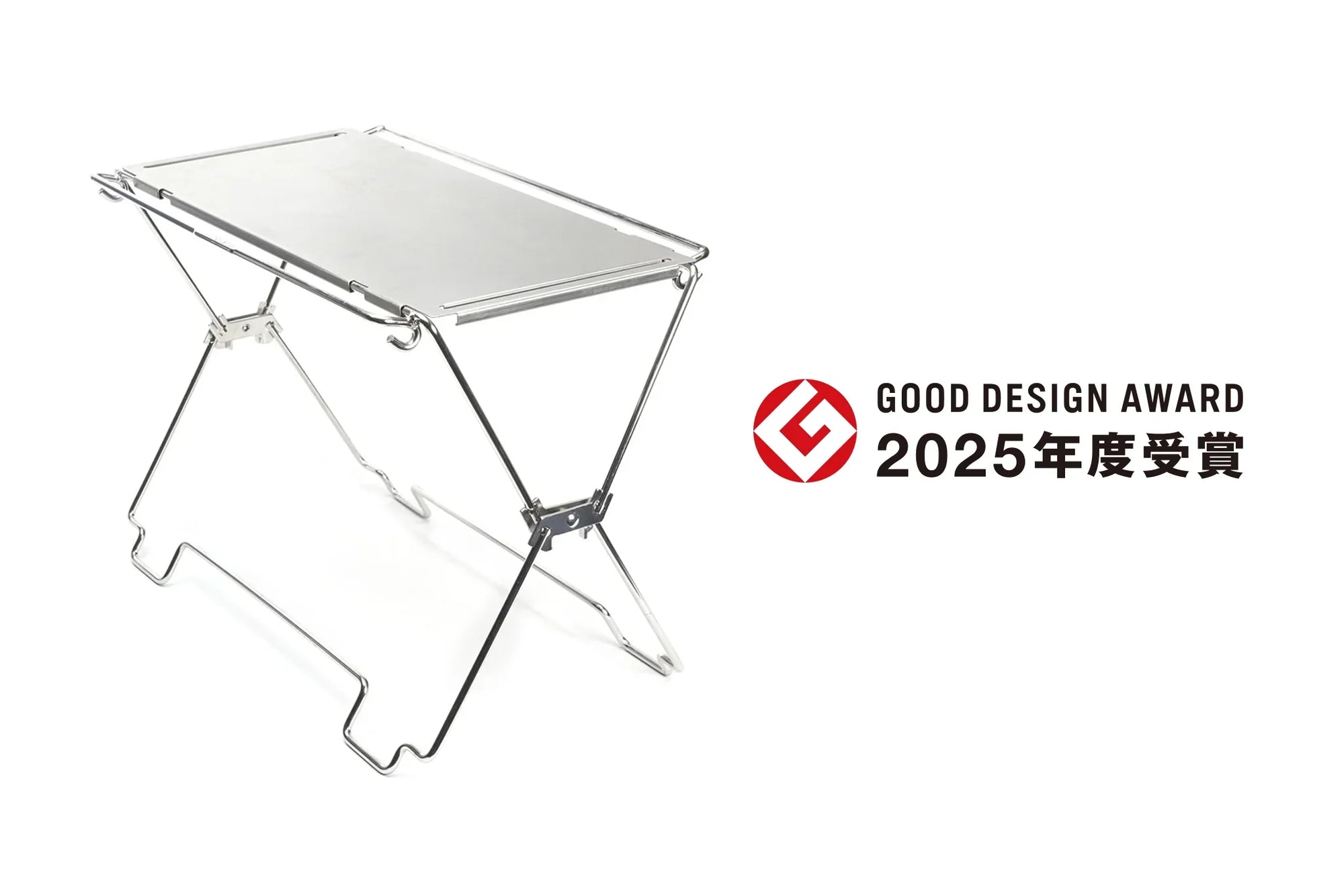Snow Peak recently released their Stake Puller (CS-200) to the US Market as a new for 2024 item. An elongated handled hook intended to allow the user to remove tent stakes without bending down or stretching. It immediately it caught my eye. Not because I desperately need to remove my stakes more easily, but because of how it's shaped, constructed, and ultimately built into the history of a brand long familiar with mountaineering.
Photos courtesy of Snow Peak USA

As the Snow Peak lore we are familiar with describes, founder Yukio Yamai spent most weekends in his twenty's scaling the summit of Mt. Tanigawa. This allowed him to fine tune his gear - working with metalworkers in his hometown of Tsubame-Sanjo to eventually craft his own. But while that journey of trial and error was ongoing, he would also acquire the latest mountaineering gear from Europe.

Included in this kit of imported hardware was an Ice Axe. Like Snow Peak, the Lhotse 66.I was named for the mountainous summits it brought a climber safely to the top of. This example, Yukio Yamai's personal ice axe as seen in the 1995 Snow Peak Outdoor Lifestyle Catalog, was built like many of the era. A steel head and spike with a handle made of likely ash or hickory. The design of these vintage ice axes reflected the craftsmanship and innovation of the era, setting a standard for mountaineering equipment that has evolved but never lost its roots in these early designs.

My own Ice Axe - a 2015 CAMP model, doesn't waver from its mission of safety. Though constructed out of aluminum and significantly lighter, the intent is very much the same. Thankfully, I have only had to use it to to glissade down frozen slopes, yet if needed it would perform the required self-arrest thanks to the broad head.

So, what does all this have to do with the Stake Puller?
While there's no manual of design language for the Stake Puller, at first glance you can see the most distinct connection point, the head and its mounting to the shaft. Both showcase an oblong extruded aluminum for a firm grip (weather needing to self-arrest on an ascent or pull stakes from the ground), as well as a flared head and riveted connection point.

The head is similar in function as well. Whereas Ice Axes provide an elongated tip for safety and stability, the Stake Puller uses that same principal for leverage in removing well-seated stakes from the soil.

But the other use case, and arguable what ice axes tend to be used for most of the time in mountaineering is not necessarily preventing injury and accident, but as simple stability when climbing uneven and steep terrain. As weight is often such a concern already within the sport, many hikers forego trekking poles and instead simply lean on their axe as a cane.

And while most hikers place their hand on the top of the axe for stability, the same type of connection between hand and tool is prevalent in how the upper portion of the Stake Puller is formed for grip.

Are there any assurances in what I'm saying or how the Stake Puller came to life? No, I'll be the first to admit this is quite a bit of speculation. But I'd like to believe that the robust Snow Peak Museum at HQ1 and the long legacy of mountaineering with Snow Peak led to someone seeing the opportunities of leveraging traditional designs to create new tools.
Want to know more about the history of the Ice Axe and its place in mountaineering? Check out this article from the American Alpine Club.




